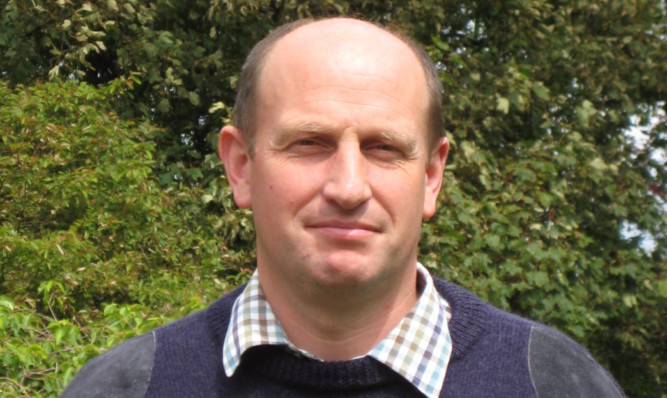Defining an active farmer might seem simple enough, but that is far from the case when it comes to implementing the new CAP.
Policy-makers in the EU and Scotland have been painfully aware of how easy it would be for the definition to be stretched to inadvertently include those whose farming involves nothing more than picking up the Single Farm Payment cheque and taking it to the bank.
Now the Scottish Tenant Farmers Association has called on the Scottish Government to tighten criteria for activity rules to ensure that only genuinely active farmers receive entitlement to basic payments.
Implementation rules for the new CAP are still to be finalised, and STFA considers that there must be a much more rigorous definition of active farmers and what constitutes agricultural activity.
STFA is also concerned that the Government may not be implementing 2013 as the reference year for claiming entitlements a measure designed to limit the damage being done to the tenanted sector by landlords bringing tenancies to an end so that they can take advantage of the new CAP rules by changing their status to farmer.
Commenting on the latest CAP developments STFA chairman Christopher Nicholson said: “In announcing the CAP agreement in June, the Cabinet Secretary promised to ‘make every effort to target every public pound at genuine activity to target those who wear dirty wellies not comfy slippers’.
“As the rules stand, this is not going to happen. There is nothing to prevent a landowner from renting his land out on a seasonal arrangement while being classified as an active farmer picking up support payments and also being able to receive tax benefits available to working farmers.
“We would like to see the activity rules strengthened to include proof that the active farmer’s main income is from agriculture, that he is in occupation of the land, that he is taking the entrepreneurial risk of the farming activities on the holding, and that he is in control of the day-to-day management of the holding.
“We can see no justification for anyone to be in receipt of SFP unless they are actually engaged in farming activity on that land.
“This concern relates equally to contract farming arrangements where the ‘farmer’ frequently shares very little risk with the contractor.
“There would appear to be very little joined-up thinking between CAP reform and tenancy reform.
“At a time when the Government is seeking to revitalise and expand the tenanted sector and create more opportunities for new entrants, the CAP regime is in danger of achieving the opposite by discouraging land to be let, and of encouraging a new breed of armchair farmers who will be able to sit back and receive support payments for very little effort.
“With a restricted CAP budget and the move to an area payment it is important, even at this late stage, for the Government to use the flexibility it has to deliver support payments where they are needed rather than allowing the payments to be used as a return on investment in land.”
